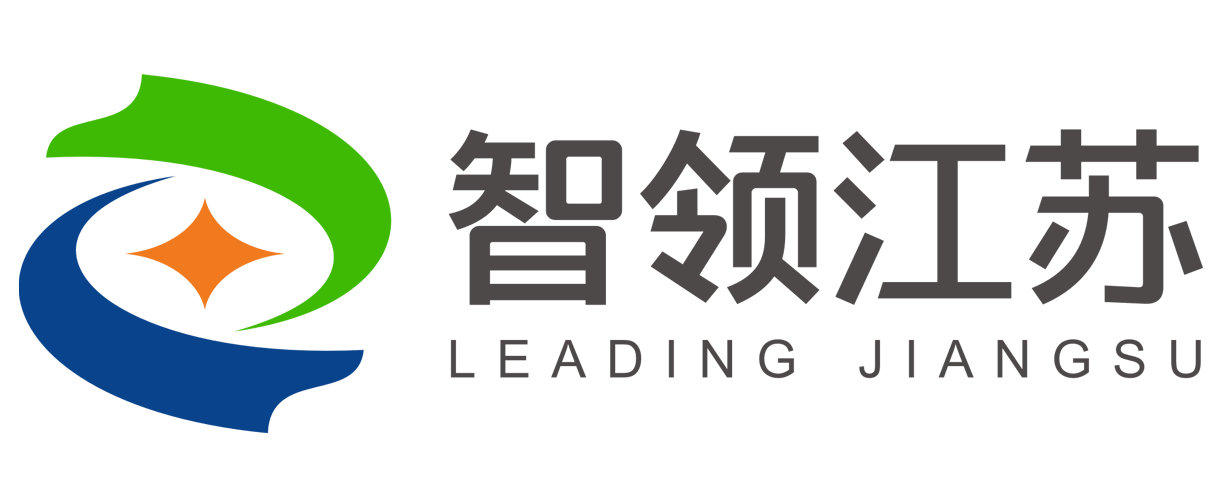https://www.kaggle.com/paultimothymooney/farsiu-2014免费
资源介绍
Context (from the original page) Many Cancers routinely identified by imaging haven’t yet benefited from recent advances in computer science. Approaches such as machine learning and deep learning can generate quantitative tumor 3D volumes, complex features and therapy-tracking temporal dynamics. However, cross-disciplinary researchers striving to develop new approaches often lack disease understanding or sufficient contacts within the medical community. Their research can greatly benefit from labeling and annotating basic information in the images such as tumor locations, which are obvious to radiologists. Crowd-sourcing the creation of publicly-accessible reference data sets could address this challenge. In 2011 the National Cancer Institute funded development of The Cancer Imaging Archive (TCIA), a free and open-access database of medical images. However, most of these collections lack the labeling and annotations needed by image processing researchers for progress in deep learning and radiomics. As a result, TCIA has partnered with the Radiological Society of North America (RSNA) and numerous academic centers to harness the vast knowledge of RSNA meeting attendees to generate these tumor markups. Content The csv file contains a list of all annotations on the images organized by author, disease type, location and patient There are two subfolders 1. annotated_dicoms: contains all of the DICOM slices referenced in the CSV file (but nothing else, no above / below and no full patient context) 2. compressed_stacks: the nifti (.nii.gz) stacks of the entire scans corresponding to around 70% (file size limit of Kaggle) of the data. The nifti files are much more useful for testing models since you won't know the slices to look for apriori. Acknowledgements The original dataset was downloaded from https://wiki.cancerimagingarchive.net/plugins/servlet/mobile?contentId=33948774#content/view/33948774 The citation for the data should be used as below: Jayashree Kalpathy-Cramer, Andrew Beers, Artem Mamonov, Erik Ziegler, Rob Lewis, Andre Botelho Almeida, Gordon Harris, Steve Pieper, Ashish Sharma, Lawrence Tarbox, Jeff Tobler, Fred Prior, Adam Flanders, Jamie Dulkowski, Brenda Fevrier-Sullivan, Carl Jaffe, John Freymann, Justin Kirby. Crowds Cure Cancer: Data collected at the RSNA 2017 annual meeting. The Cancer Imaging Archive. doi: 10.7937/K9/TCIA.2018.OW73VLO2 Inspiration The work was done by volunteer, unpaid radiologists and non-radiologists, which makes it a very unreliable dataset. Even in the example image it is clear the definition of a tumor and where its boundaries are varies from person to person. The biggest question is how do you perform quality control? How can you determine which annotators create the best data? Are bad annotations useful or should they be deleted?

END
上一篇 OCT 图像的分割 (AMD)
下一篇 OCT 图像的分割 (DME)






